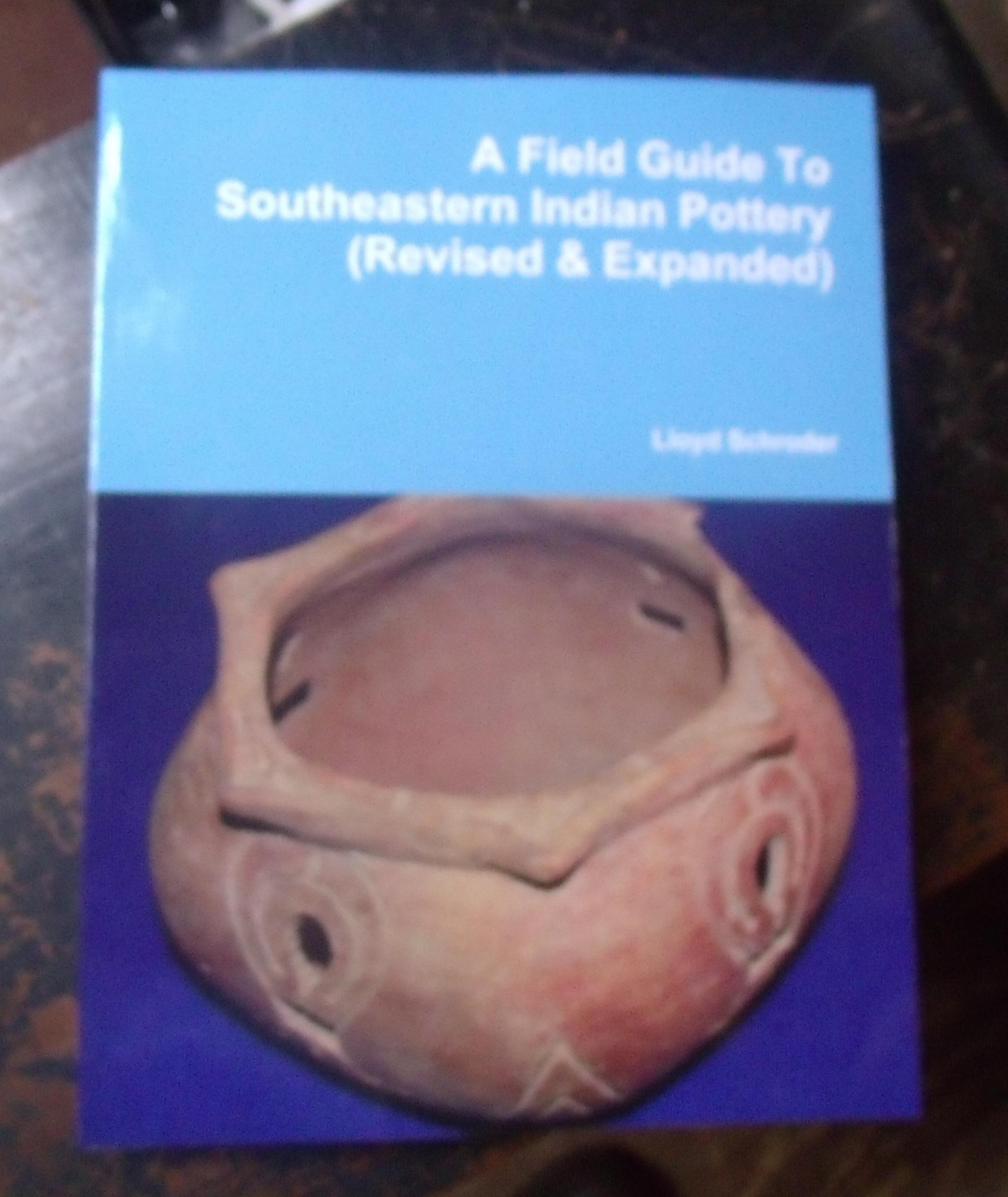——–Click on the surface treatment that most resembles your find———–
Pottery is an amazing artifact. There are many types, all with different designs or no design at all. Designs come from the potter’s imagination or his beliefs. All have different tempers, some of grit or small pebbles, some of Spanish Moss that has burned away, leaving only a trace of its existence. Some types are tempered with sand and some with clay; others with what some would call no temper at all, only to discover that there are small, microscopic sponge spicules that hold it together.
Think about this. Pottery is a lot like people. Each one was fashioned by the Potter’s hand, each uniquely designed from the Potter’s heart. Some were designed for daily use while others were designed for special occasions and celebration. All were tempered, but all have a different temperament. How has the Potter designed you and tempered you? What was His special plan and purpose? We are clay in His hands. Many are like much of the pottery we find, broken and discarded by the world, but there is still hope. Like the pot sherds that were broken and cast aside, then recovered and rounded into gaming stones to become the center of joy in an Indian’s life, our broken lives can be renewed to become the center of joy in the Potter’s heart.
For more detailed information on these and other pottery types within the Southeastern United States, please see our “Publications” page to order Lloyd Schroder’s Field Guide to Southeastern Indian Pottery (Revised & Expanded).
This amazing new book contains over 500 pottery types, each explained in very readable terms with thousands of illustrations and maps of distribution. The volume has earned the acilades of senior archaeologists like David Anderson of the University of Tennessee and well-known Georgia archaeologist Jerald Ledbetter. No serious student of archaeology should be without it.

RESEARCH: This type was named by Jesse Jennings and Charles Fairbanks in the SEAC Bulletin in 1940.[i] The type was named for the Dunlap Mound at the Ocmulgee National Monument.
TEMPER: This is a sand-tempered ware.
SURFACE DECORATION: The decoration of this type was done with heavy, twisted cord fabric impressed on thin-walled pottery. Like other fabric-impressed types, many have suggested that the pottery was formed in baskets that left the impressions in the paste.
VESSEL FORMS: Known vessel forms are deep, cylindrical beakers. The lips are most often flat, but are occasionally rounded. The rims usually have a slight flare, but straight bowl rims are known.
CHRONOLOGY: This type belongs to the Early Woodland period.
GEOGRAPHIC DISTRIBUTION: This type occurs in northern Georgia, eastern and northeastern Alabama, southeastern Tennessee and, perhaps, extreme western South Carolina.
[i] Jennings, Jessie D. and Charles H. Fairbanks, Pottery Type Descriptions. Southeastern Archaeological Conference Newsletter 2(2) 1940.
RESEARCH: Originally named the Early series by Patricia Holden, this was renamed as the Swannanoa series by Keel in 1976 based on his work in Cherokee related sites in North and South Carolina.[i] The type is named after the Swannanoa River.
TEMPER: This type is tempered with large pieces of crushed quartz (56%) or with coarse sand. The tempering material in either case accounts for nearly half of the paste material. The exterior color of the fired paste is red to reddish-brown or light brown.
SURFACE DECORATION: The entire external surface of the vessel is covered by impressions of a twilled fabric. The weave elements average a warp (or linear cords) of 8.9mm and a weft (or binding cords) of 6.9mm. The interior surface feels gritty to the touch.
VESSEL FORMS: Known vessel forms include large to medium sized conoidal jars and hemispherical bowls. The rims are vertical or slightly inverted and the lips are rounded or flattened, with a very small percentage notched or cord-marked. The bases are conical, some with a nipple-like protrusion; or are jars and are rounded to slightly flattened on bowls.
CHRONOLOGY: This is the earliest Woodland pottery series in western North Carolina, dating to the Early to Middle Woodland period.
GEOGRAPHIC DISTRIBUTION: This type is found in western North Carolina, western South Carolina and, perhaps, extreme northeastern Georgia.
[i] Keel, Bennie C., Cherokee Archaeology, A Study of the Appalachian Summit, The University of Tennessee Press, 1976, p. 260
Research: Named by Jesse Jennings and Charles Fairbanks at the Ocmulgee National Monument site.
Site & location: Named after Fort Hawkins, which is located just northwest of the Macon Plateau site.
Temper: Shell
Surface decoration: Fabric marking on thick, coarse paste. The fabric is a double strand, 1 to 2 mm in diameter.
Vessel form: Flat bottomed basin with flaring sides. Rims are straight that flare out from the base. Lips are rounded or occasionally flat.
Chronology: Early Mississippian period
Distribution: Known only at the Macon Plateau site, an area 10 miles or less encircling the Ocmulgee National Monument.